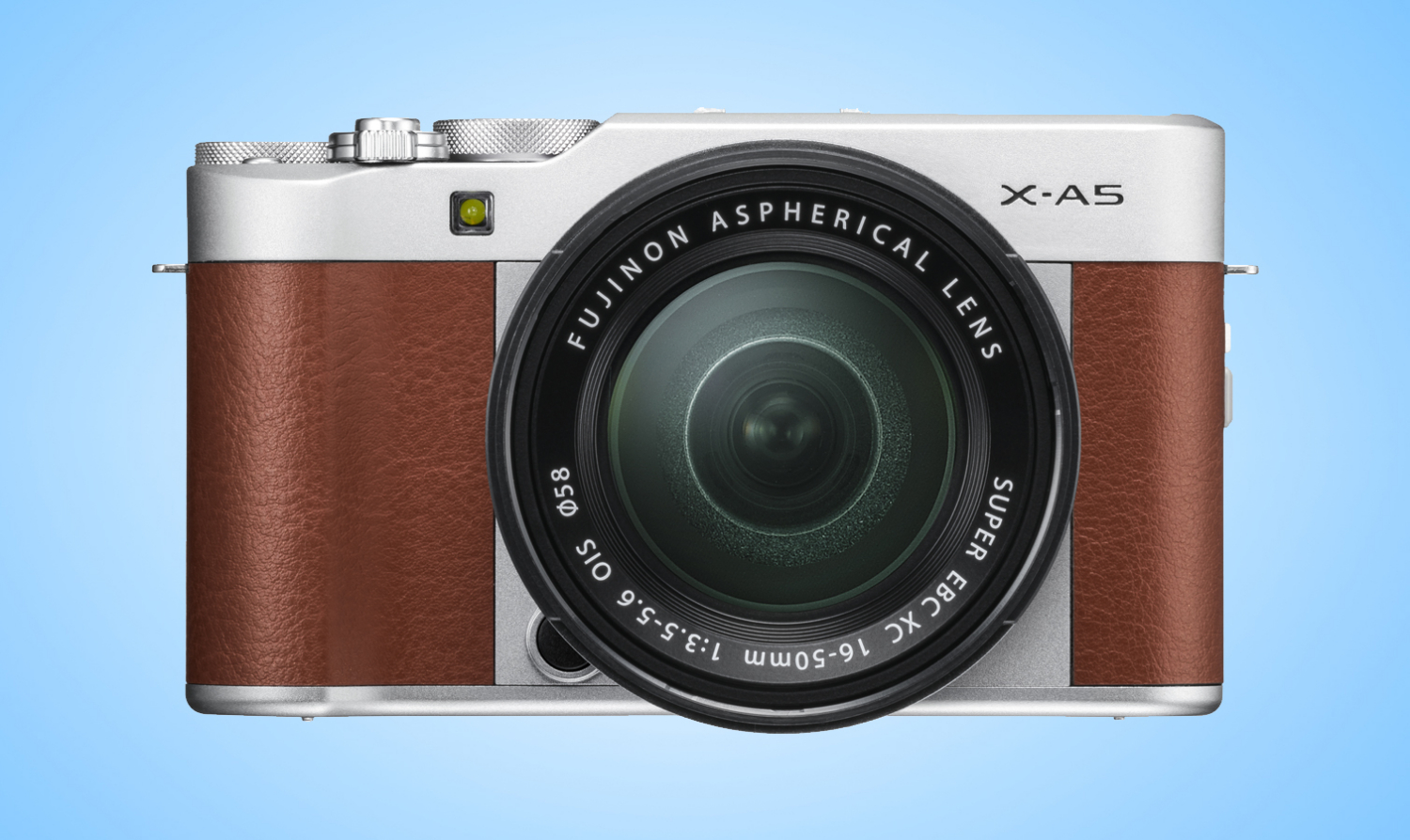Tom's Guide Verdict
The Fujifilm X-A5 has some good qualities and is a fairly capable camera, but it falls shy of what other entry-level mirrorless models do consistently.
Pros
- +
Takes good photos
- +
Relatively inexpensive
- +
Includes a built-in flash and hot shoe
- +
3x optical power zoom
- +
Easy-to-use mobile app
Cons
- -
Controls and settings should be better organized
- -
Touch-screen LCD doesn't swing out to side
- -
No electronic viewfinder
- -
Shoots 4K video at just 15 fps
- -
Sluggish autofocus in low light
- -
Bulkier than others (with kit lens)
Why you can trust Tom's Guide
Competition in the mirrorless camera market has been intensely fierce, making this a great time to pick up one of these models, because this also means that prices, particularly for entry-level models, remain low. But it means, too, that some of these cameras just don't measure up, as is the case with the 24.2-megapixel Fujifilm X-A5 ($599). From its sluggish autofocus and slower burst modes to its slightly bulky body and 4K video that shoots at just 15 fps, it's a camera that just doesn't make the grade.
Save yourself some time and pick up the Sony a6000 or one of our other better-rated mirrorless cameras instead.
Design, Controls and Features
Everything old continues to be new again — at least in the mirrorless camera world. Like Olympus did with the PEN E-PL9, Fujifilm designed the X-A5 with some retro appeal in its exterior, with a similar textured faux-leather styling and brushed metal on the camera body. Fujifilm's camera does, however, lack the prominent grip found on the Sony a6000 or a6500, which can make taking stable handheld photos and video harder, especially when shooting at slower shutter speeds.
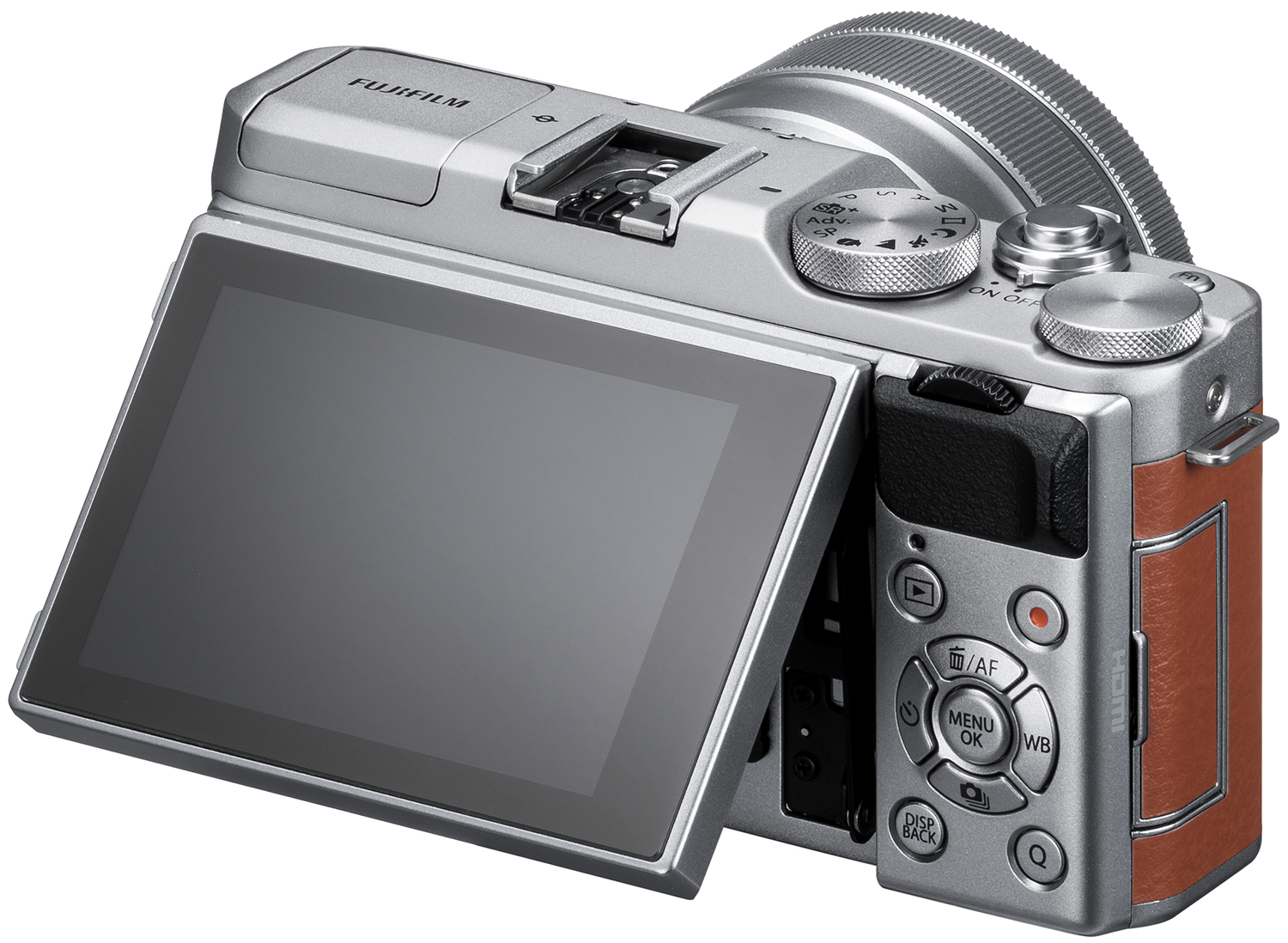
At 4.6 x 2.7 x 1.6 inches, the Fujifilm X-A5 is almost the same size as the Olympus PEN E-PL9 (4.6 x 2.7 x 1.5 inches), but it weighs a bit less — 12.7 ounces (body only, but with its battery included), compared to 13.4 ounces for the PEN. Nevertheless, the X-A5 has a bulkier, even clunky feel to it, and is less sleek than both the Sony 6000, which is still larger than the X-A5, and the Canon EOS M100, which is much more compact and lighter, at 4.3 x 2.6 x 1.4 inches and about 9.4 ounces.
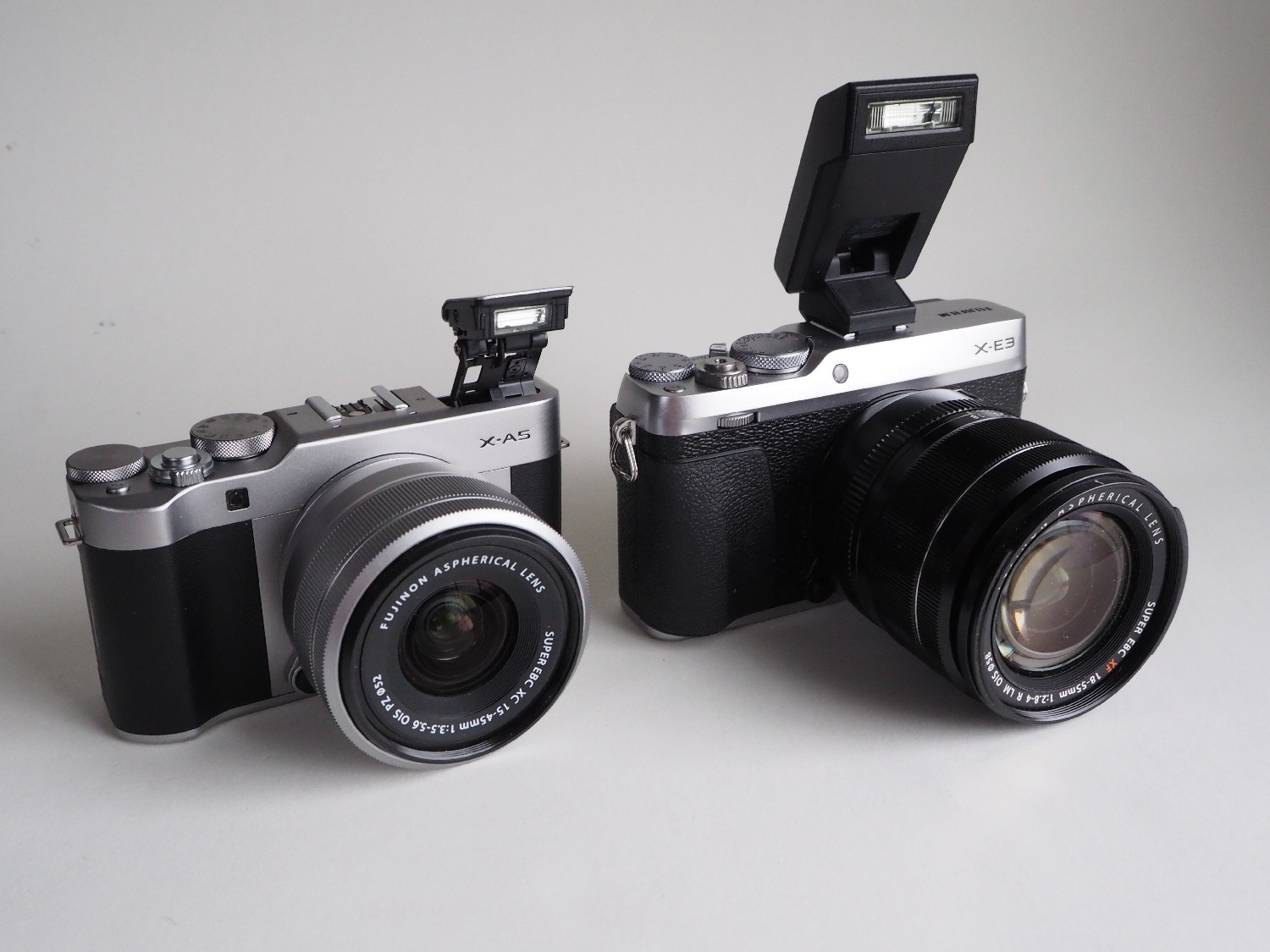
Like the X-E3, the X-A5 has a nice 3-inch, 1040K-dot touch-screen LCD that works very well and allows you to snap or focus your photos by touching the display. In many cases, the display is also bright and crisp, but it gets a little choppy in low light. It does swivel, and unlike with the E-PL9, you can flip the LCD up (instead of down) 180 degrees for shooting selfies. However, the screen doesn't swing out to the side like a6000's display, which is easier to adjust.
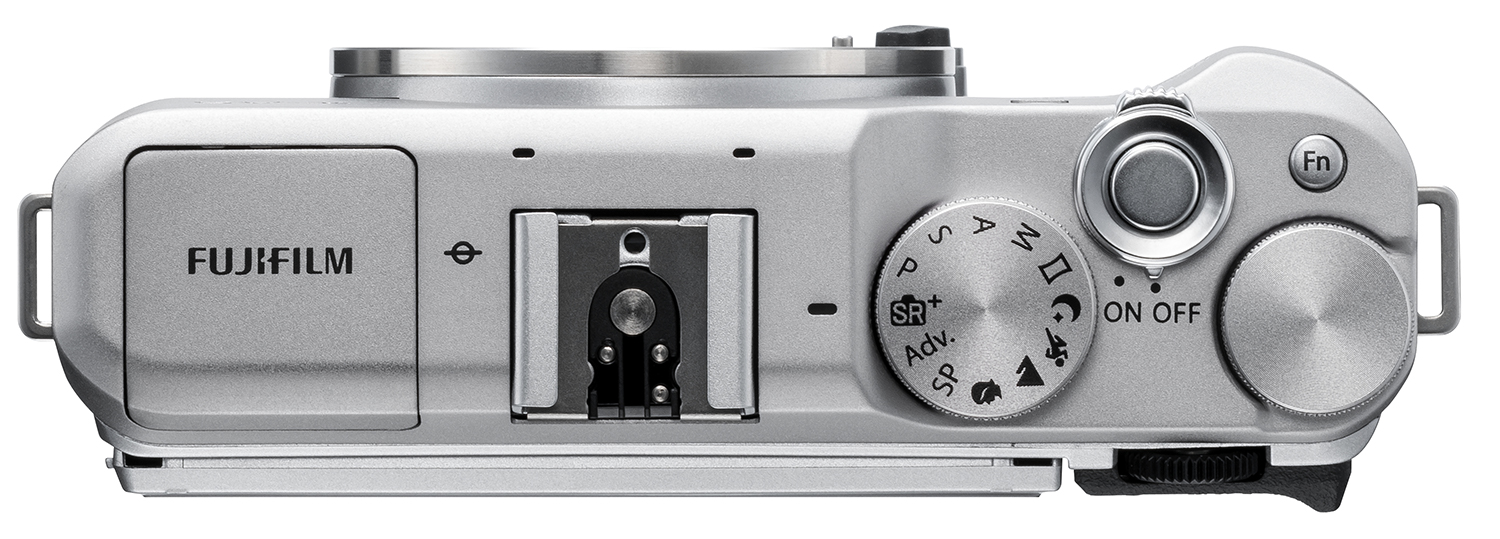
As we've seen on many entry-level models — including the Sony a6000 and the Olympus E-PL9 — the X-A5 lacks a viewfinder, which can be crucial when shooting in bright outdoor light, because sunlight can wash out the display. However, we're happy to see two important features for advanced shooting on the X-A5: a hot shoe (for an external strobe, which can improve your flash photography) and a dedicated video button (located conveniently just above the menu button on the back to the camera).
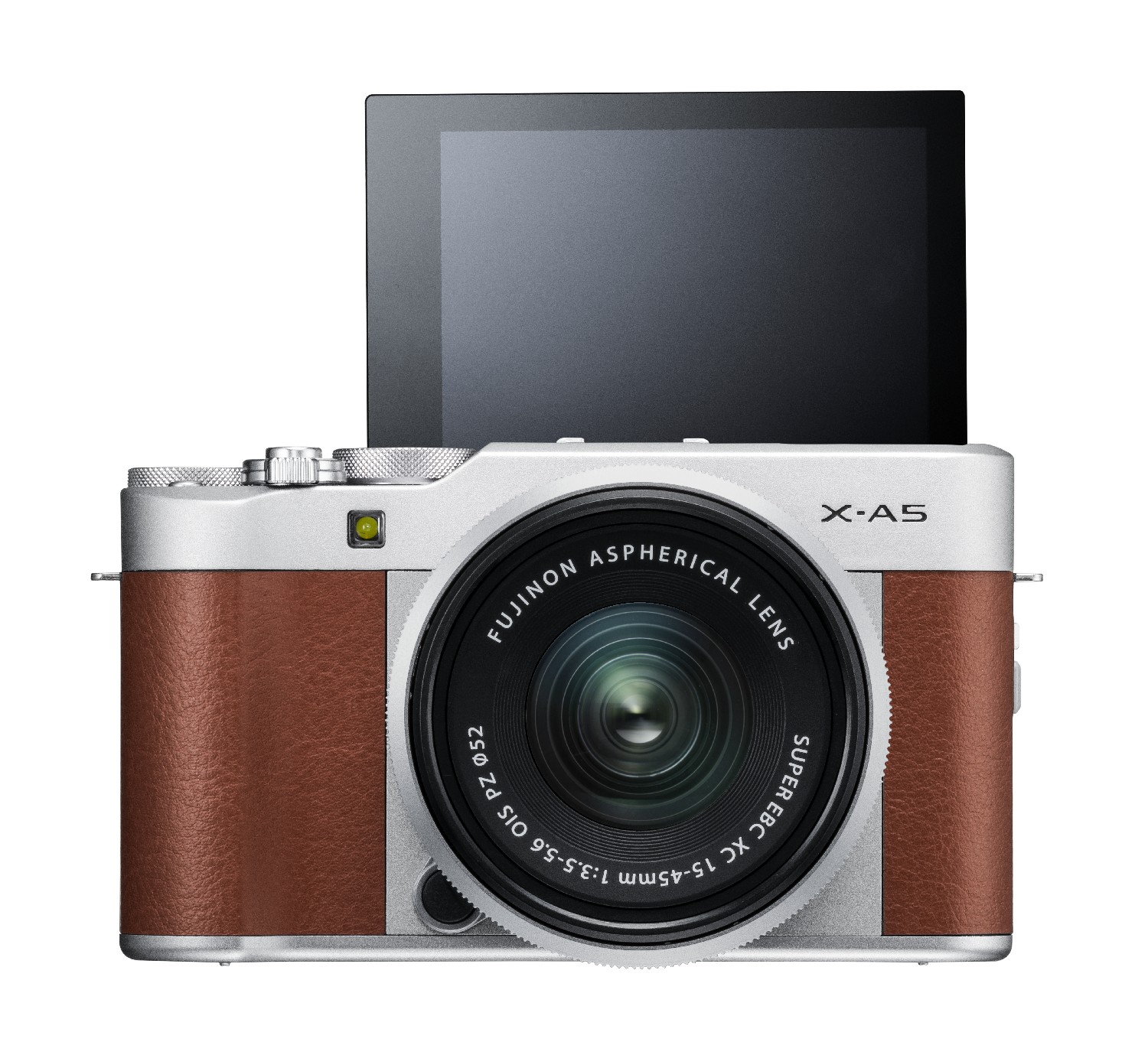
In general, I found the camera's menu system to be functional, although its design and organization weren't as nice as you'd find on the Canon EOS M100. At least the X-A5 has lots of physical knobs and controls, so it's easy for you to get into the menus and select settings. But it's also easy to get lost in the labyrinth of menus. An onboard quick-start guide or help section would have been useful. (The camera does come with a handy paper guide.)
Image Quality and Performance
In most brightly light settings, the Fujifilm X-A5's image quality was very good, depicting tones and colors accurately and vibrantly. The camera, which has a large, APS-C-size, 24.2-MP image sensor, not only captured many of the fine details in my test shot, which were pretty sharp, even at the edges of the photo, but also displayed very good dynamic range by capturing all the tones on the value scale, even the darkest darks.
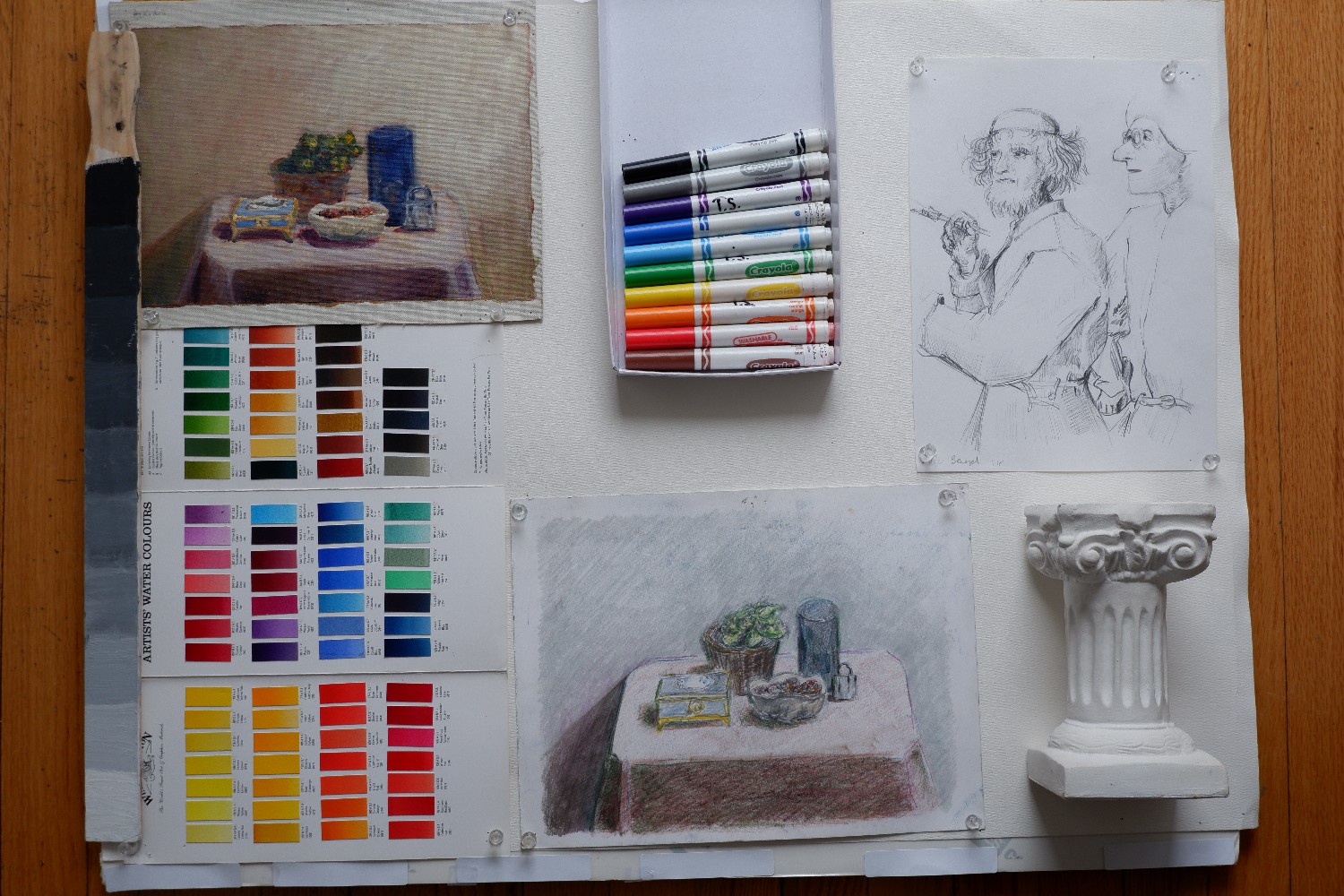
Included with the X-A5 is the Fujinon XC15-45mm F3.5-5.6 OIS PZ, the company's first electric-powered zoom lens. While there's no in-body image stabilization, as there is with the Olympus PEN E-PL9, the optical image stabilization in the Fujinon lens worked well for producing a smooth zooming motion when shooting movies. However, this lens is larger than the power lens in the Olympus PEN E-PL9, and it sticks out about twice as far from the camera body as the Olympus lens.
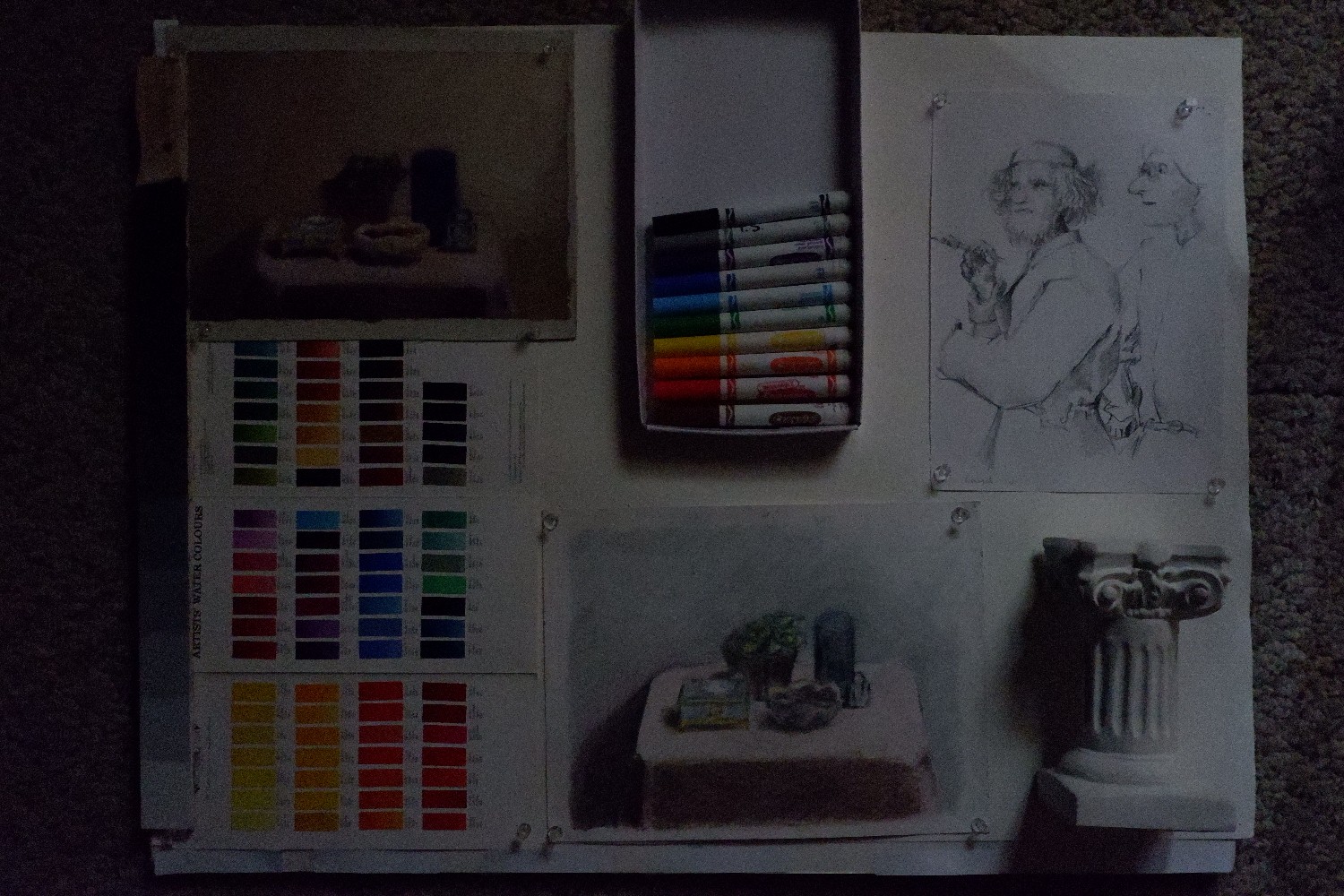
I was somewhat disappointed in my low-light test shot, which had areas of noise (due to a high ISO setting of 12,800) that obscured much of the finer details in the image. (The X-A5 has two extended ISO settings beyond this — 25,600 and 51,200 — but these settings increase noise even more.) Upon close inspection, I saw that the colored noise also tainted some of the color swatches and narrowed the dynamic range, particularly in the darker end of the value scale.
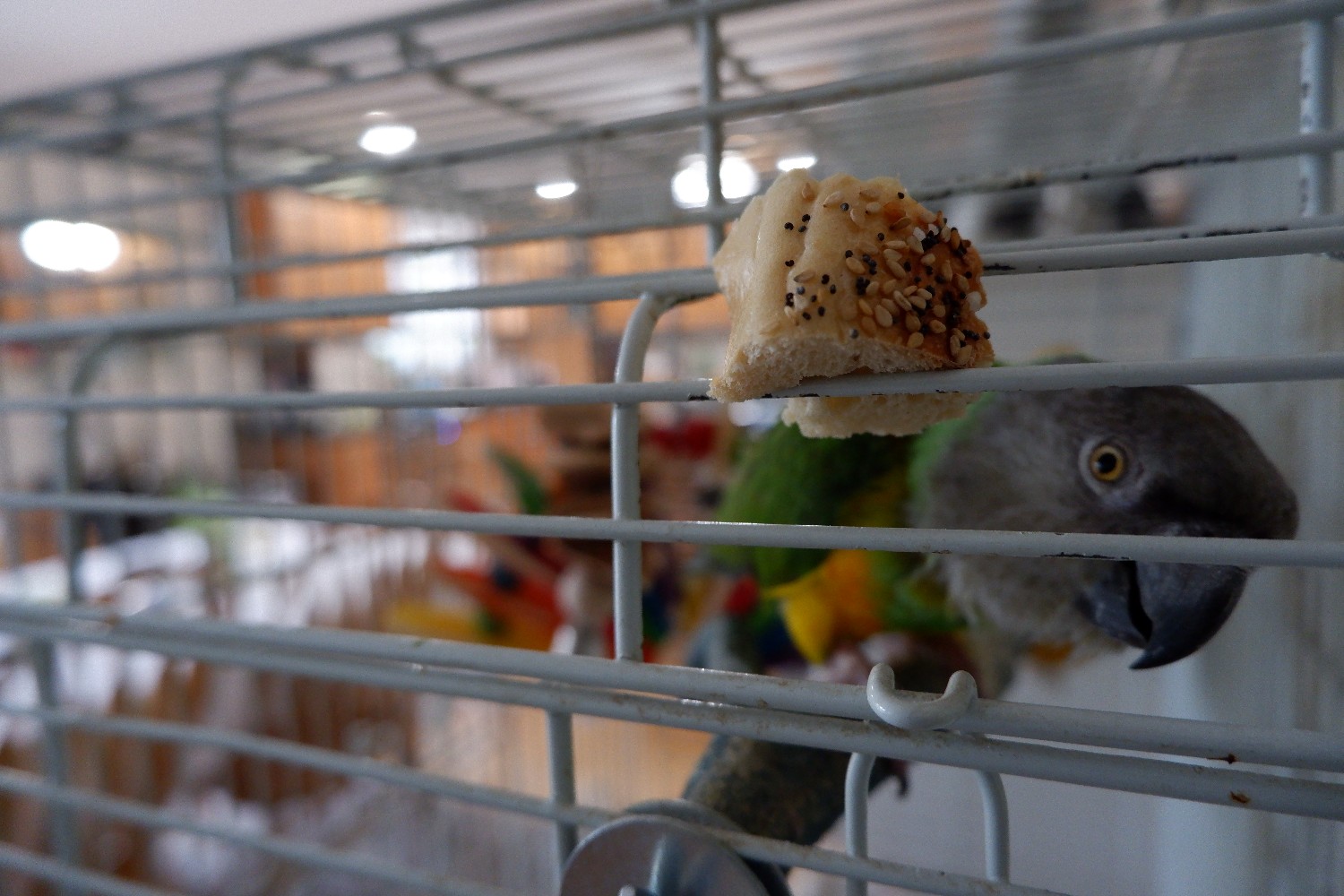
I also found that the camera's autofocus doesn't always respond as quickly as those on other models when capturing photos and video. This wasn't always the case, but it seemed to occur more often in low-light settings. Second, the burst most captures few frames per second — just 6 frames per second — which is a slower rate than most in this camera's class. Other entry-level models, such as the a6000, shoot from 8 to 11 frames per second.

One nice aspect of this camera, though, is its power lens. It lets you zoom in and out by turning a zoom ring on the lens. Overall, this worked quite well.

It would have been nice if Fujifilm had included the same pop-up flash accessory that you get with the X-E3, which lets you angle your strobe in various directions to bounce the light off a ceiling or wall.

However, the X-A5's onboard flash still offers lots of control via the flash-compensation control (from -2 to +2, in one-third increments). Like on most entry-level mirrorless cameras, the position of the pop-up flash on the XA5's body produces red-eye in some instances.
Video Quality
Even though the X-A5 is an entry-level mirrorless camera, we were disappointed that it can capture 4K video only at 15 frames per second, which produced choppy and jittery video footage. However, overall, the full-HD-resolution video footage I shot (at 60 fps) was smooth and produced clips with nice detail and color, particularly in bright light.
The X-A5 also responded fairly quickly to changes in auto exposure. But as I found with still photos, the video would sometimes struggle to snap back into focus when the camera was turned and spotted new subject matter, particularly in low light.
Wireless Sharing
Like with the X-E3, I was impressed with how well Fujifilm's wireless app worked and how quickly I was able to set it up on the X-A5. After installing the app on my mobile device, I was able to control various camera features easily from my phone. Overall, again, the app worked intuitively and effectively. (For more on this wireless app, see our X-E3 review, which works similarly on the X-A5.)
Battery Life
Fujifilm claims that the X-A5 can shoot about 450 shots, which is more than you'll get with the Sony a6000. The company also claims that for shooting video, the X-A5 can shoot 100 minutes of HD video or 90 minutes of 4K video, or for continuous shooting, about 170 minutes of HD video or 150 minutes of 4K video. (Battery-life claims for photos and video are according to CIPA standards.)
Bottom Line
With this camera's clunky, somewhat-dated menu system, slightly bulky camera-body design (at least with the kit lens), lackluster video features and inconsistent autofocus, it's hard to recommend the X-A5, even though it costs a bit less than most mirrorless models. And while this camera may be worth a look if you're loyal to the Fujifilm brand, there are better-quality mirrorless models to consider.
Instead, look into the following models: Sony's A-series models, particularly the a6000, which is still a great value and our recommendation for an entry-level mirrorless camera. Or, if you want another brand, consider either the Canon EOS M100 or the Olympus PEN E-PL9. Fujifilm — and you — can do better than the X-A5.
Credit: Fujifilm
Terry Sullivan is an experienced technology journalist who has covered consumer electronics including cameras, smartphones, audio tech and software among many other things. His work has appeared in the likes of Consumer Reports, PCMag, Lifehacker, and the New York Times and he is also a teacher, photographer, artist, and musician.
